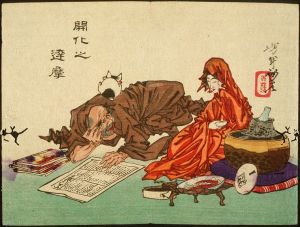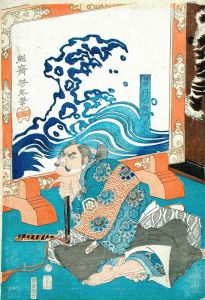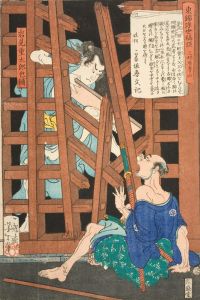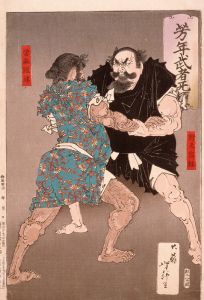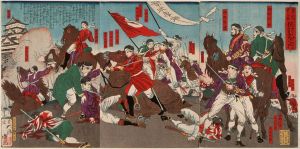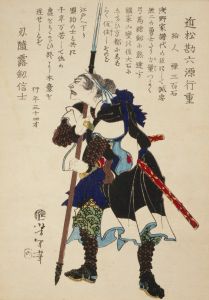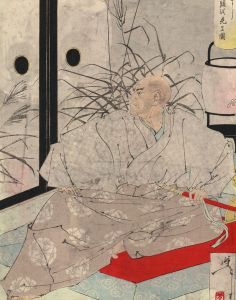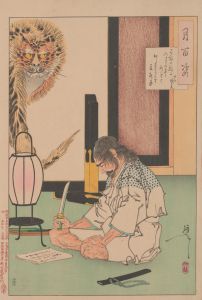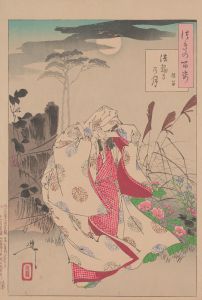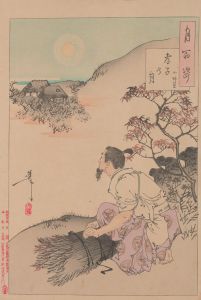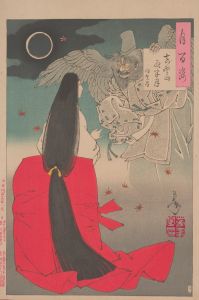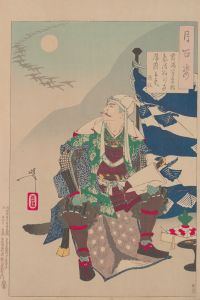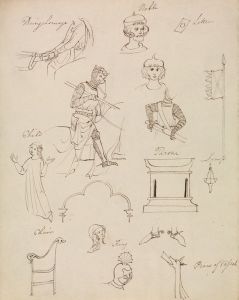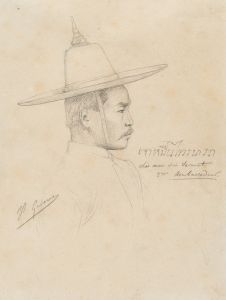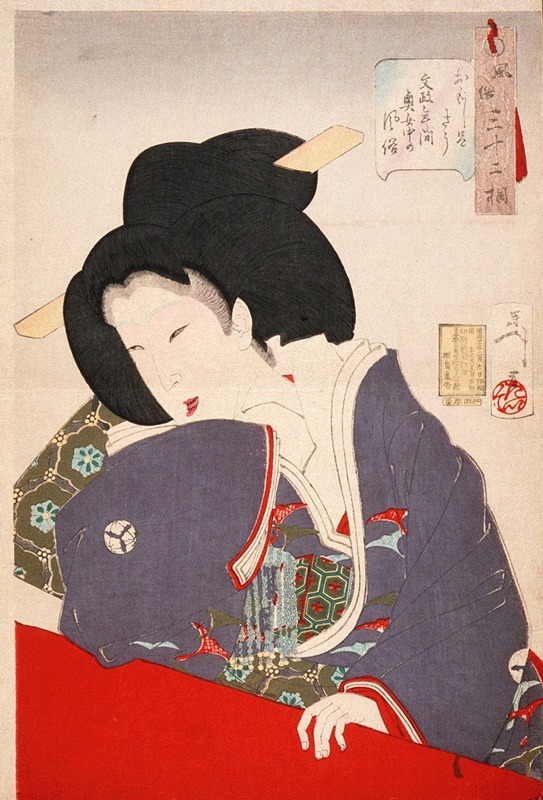
A Lady-in-Waiting of the Bunsei Period
A hand-painted replica of Tsukioka Yoshitoshi’s masterpiece A Lady-in-Waiting of the Bunsei Period, meticulously crafted by professional artists to capture the true essence of the original. Each piece is created with museum-quality canvas and rare mineral pigments, carefully painted by experienced artists with delicate brushstrokes and rich, layered colors to perfectly recreate the texture of the original artwork. Unlike machine-printed reproductions, this hand-painted version brings the painting to life, infused with the artist’s emotions and skill in every stroke. Whether for personal collection or home decoration, it instantly elevates the artistic atmosphere of any space.
Tsukioka Yoshitoshi (1839–1892) was a prominent Japanese ukiyo-e artist, known for his innovative approach to woodblock printing and his contributions to the development of the genre during the late Edo and early Meiji periods. Among his extensive body of work is the piece titled A Lady-in-Waiting of the Bunsei Period. This artwork is part of Yoshitoshi's series Thirty-Two Aspects of Customs and Manners (Fūzoku Sanjūni Sō), which was published in 1888. The series is celebrated for its detailed depictions of women from various social classes and historical periods, showcasing both traditional and modern elements of Japanese culture.
The Bunsei period (1818–1830) was a time within the late Edo period characterized by relative peace and cultural flourishing in Japan. In this particular print, Yoshitoshi portrays a lady-in-waiting, a woman who served in the households of the aristocracy or samurai class. The image reflects the elegance and refinement associated with women of this status during the Bunsei era. Yoshitoshi's depiction is notable for its attention to detail, including the intricate patterns of the kimono and the poised demeanor of the subject, which convey a sense of grace and dignity.
Yoshitoshi's Thirty-Two Aspects of Customs and Manners series is widely regarded as a masterpiece of ukiyo-e portraiture. It combines traditional woodblock printing techniques with a modern sensibility, capturing the changing roles and perceptions of women in Japanese society during the late 19th century. The series also demonstrates Yoshitoshi's skill in using color, line, and composition to evoke emotion and narrative depth.
While specific historical details about the individual depicted in A Lady-in-Waiting of the Bunsei Period are not provided, the work serves as a representation of the cultural and aesthetic ideals of the time. It offers viewers a glimpse into the clothing, hairstyles, and social roles of women in the Bunsei period, as interpreted by Yoshitoshi through his artistic lens.
This print, like others in the series, reflects Yoshitoshi's broader interest in exploring the complexities of human character and the interplay between tradition and modernity. Today, A Lady-in-Waiting of the Bunsei Period is appreciated not only for its artistic merit but also as a historical document that provides insight into the customs and aesthetics of 19th-century Japan.





